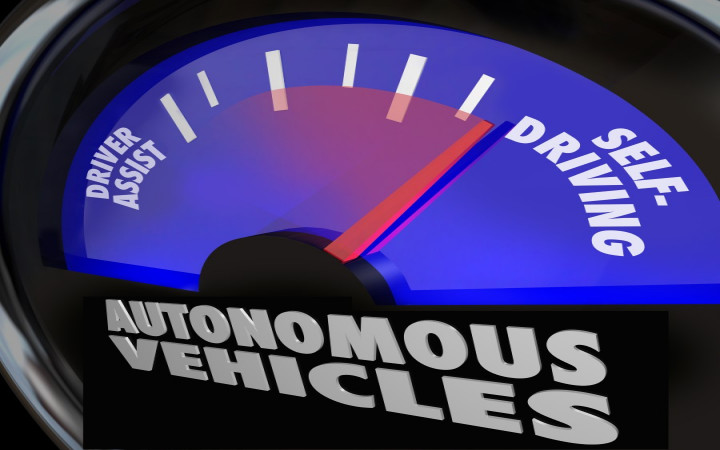Today’s Wonder of the Day was inspired by lance. lance Wonders, “how does a google self driving car work?” Thanks for WONDERing with us, lance!
Do you look forward to the day when you can slip the key into the ignition, press down on the accelerator, and zoom down the highway in your own car? As kids get older, many of them begin to count down the days until they get their driver's licenses.
As anyone who has ever driven a car knows, there's a certain amount of satisfaction and enjoyment you get from driving a car. On a sunny day, it can be pleasant to zip down the highway with your favorite tunes playing and the wind in your hair.
If you're in grade school right now, though, will things look different by the time you're old enough to get your driver's license? What if cars are driving themselves by the time you're old enough to drive?
Does this sound like far-fetched science fiction? Maybe it is…or maybe it isn't! Ever since automobiles were invented, scientists and manufacturers have searched for ways to make them easier to drive and more automated.
The earliest advancements in automobile automation date back to the 1920s and 1930s. Cruise control, which allows an automobile to maintain a set speed without human input, has been around since the 1940s.
Completely self-driving (or driverless or uncrewed or autonomous) cars, however, had to wait until technology caught up to the dreams of early automobile scientists. The first such cars appeared as early as the 1980s thanks to the work of scientists at Carnegie Mellon University.
With modern technology, such as wireless Internet, Global Positioning System (GPS) satellites, digital maps, and advanced computers capable of quickly processing radar and lidar signals, self-driving cars are now closer than they've ever been. Technology giant Google and electric automobile manufacturer Tesla are currently working on advanced prototypes of cars that will do the driving while you sit back and enjoy the ride.
As these vehicles navigate city streets, they follow digital maps while advanced sensors communicate necessary information about the environment, traffic, and road hazards. They stop, go, and get you to your destination without human input.
The potential benefits of self-driving cars are many. Can you imagine how much easier commuting would be if you could sit back and read a book while your car drove you to work? Self-driving cars would also be a tremendous asset to people who are blind or have vision impairment and to the elderly who are no longer able to drive safely. And speaking of safety, experts estimate that self-driving cars would greatly reduce the number of accidents, the overwhelming majority of which are caused by human error.
So will we be seeing self-driving cars all over the road in the next few years? Probably not. While there are still some technological hurdles to jump, the primary obstacles are regulatory. Self-driving cars will require many new laws to set up a framework for a new world in which cars are driving themselves. For example, who would be liable if two self-driving cars were involved in an accident?
Another potential drawback of self-driving cars is their cost. As with any type of new technology, the first models for sale will likely be quite expensive. Another issue manufacturers will have to deal with is whether or not drivers really want to give up control. While some people might enjoy sitting back and reading while being driven to work, others truly enjoy the excitement of driving a car.





